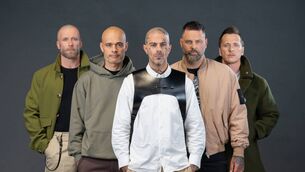Raidió na Gaeltachta: 10 shows that defined a station across five decades
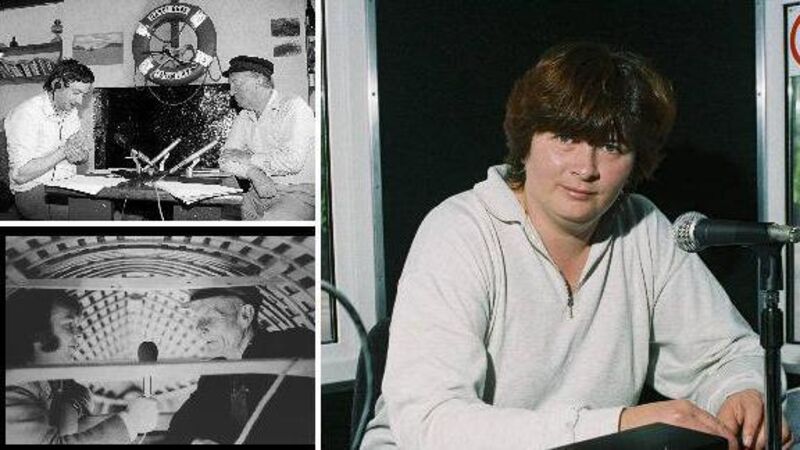
Raidió na Gaeltachta.
RnG provided what is believed to have been Ireland’s first regional radio news service, “constantly quoted as one of the primary reasons that people listen to the radio” says its press officer Caitríona Ní Bhaoill. Kerry’s Baile na nGall studio had no automatic phone system until the late 1970s, necessitating requests to the village post office for connections via Dingle exchange.
Petrol shortages at times made news-gathering from correspondents over the Conor Pass challenging, but, says Seán Ó Cíobháin, who was not among the original staff of RnG, joining two years later, the listenership, even those with little Irish, was attentive.
“My brother Séamus was an agricultural contractor and if he was working on a farm, even in the English-speaking districts, they used stop work to come in and listen to our six o’clock news bulletin and what they wanted to find out was who’d died,” he says. “They didn’t need much Irish for that.”
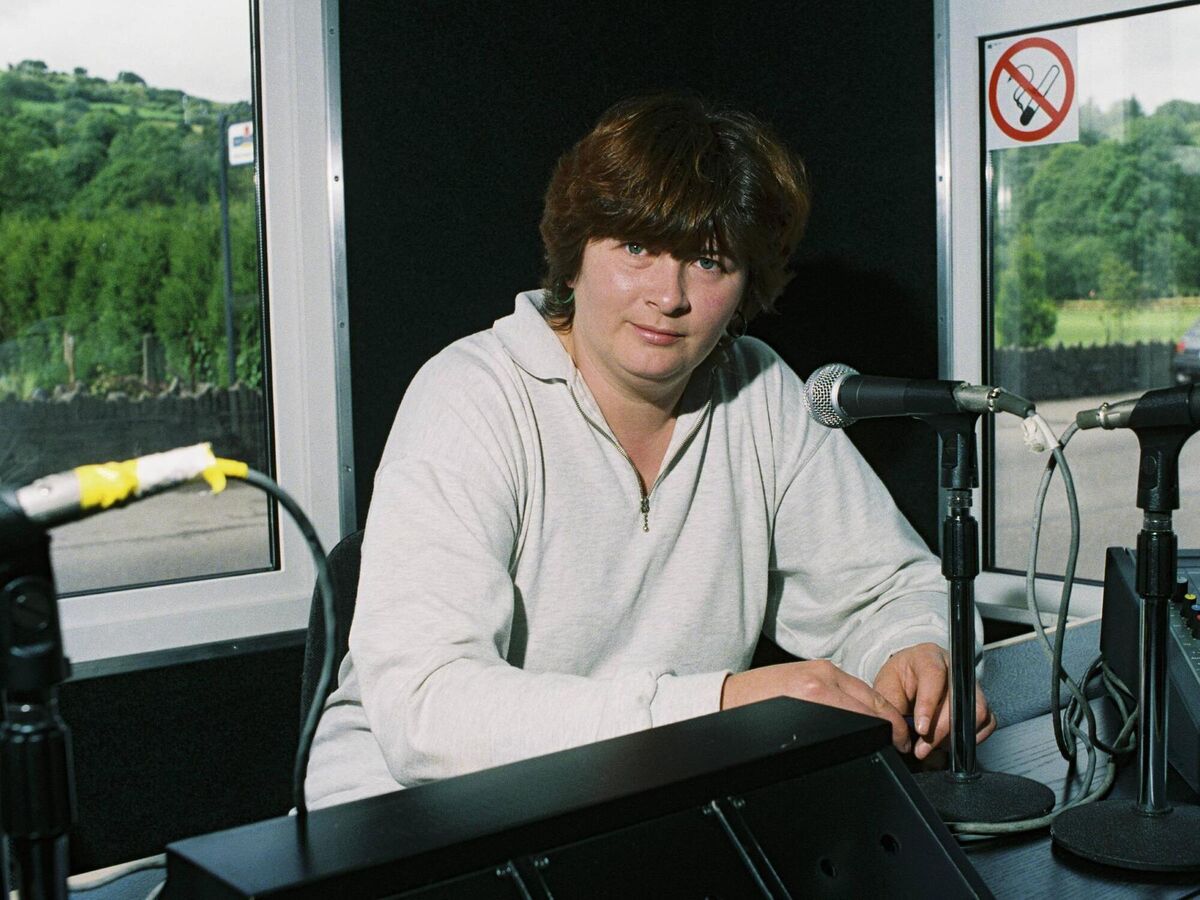
RnG, particularly prior to the advent of mobile phones, was a first source of results and match reports on GAA and other sports. The broadcaster was ahead of the game in the 1970s, employing the first woman sports reporter, Dóirín Mhic Mhurchú from An Rinn, Co Waterford, noted for travelling to matches on her Honda 50. “I remember the first time she started reporting, some of the old people here were shocked that a woman could talk about hurling and football – this was 1974/75,” says Ó Cíobháin.
Presented by Breandán Feiritéar and garnering the station’s biggest listenership outside of news, the programme was significant for bridging the gap between Irish speakers of the various Gaeltachtaí, helping to build understanding of each other’s dialect canúintí. Feiritéar presented the first live link-up between studios, “where people from Kerry dared to try and understand people from Donegal and vice versa”, says Ó Cíobháin, whose father Seán was among the guests on that show.
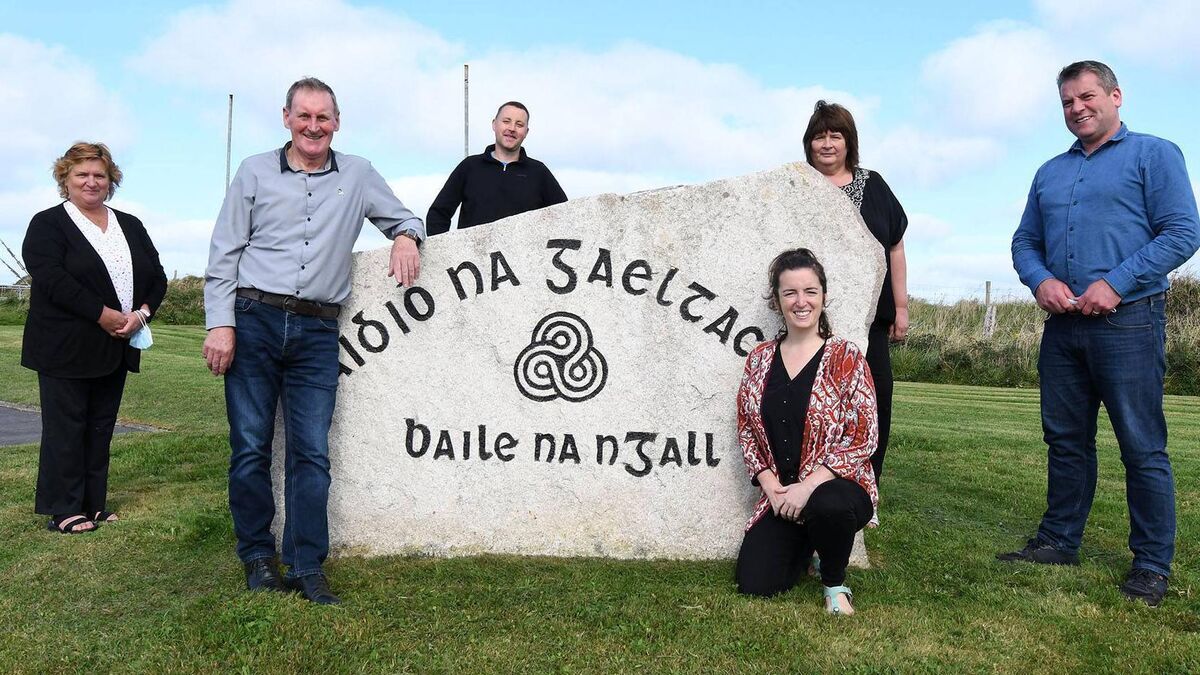
Presented by Peadar Ó Riada, the music programme marked 1,000 episodes in 2020. First recorded in Baile na nGall and latterly in Ó Riada’s home studio in Cúil Aodha, it attracts an international listenership, among them a fan from Russia who arrived at Ó Riada’s home one day, curious to know where the programme was recorded. International competitors are also strongly represented in the annual Seán Ó Riada Gold Medal competition, established in 2010 and an integral part of the programme.
“It’s been a wonderful ride and I really enjoy doing it,” says Ó Riada, who with Cór Chúil Aodha performed on the pirate radio station that preceded RnaG, his father Seán among those pressing for the establishment of a Gaeltacht station. The choir performed Ó Riada’s Mass from An Cheathrú Rua in RnG’s first broadcast on April 2, 1972, sang to mark its 25th anniversary, and is part of Saturday’s 50-year concert celebrating a station which has evolved, says Peadar.
“Fifty years is a lifetime and the population has changed. There’s a big population of Irish speakers now, not just in the Gaeltacht but in the cities, in Northern Ireland, and there are growing communities all over the world, in Canada, in Russia, in Ukraine too.”
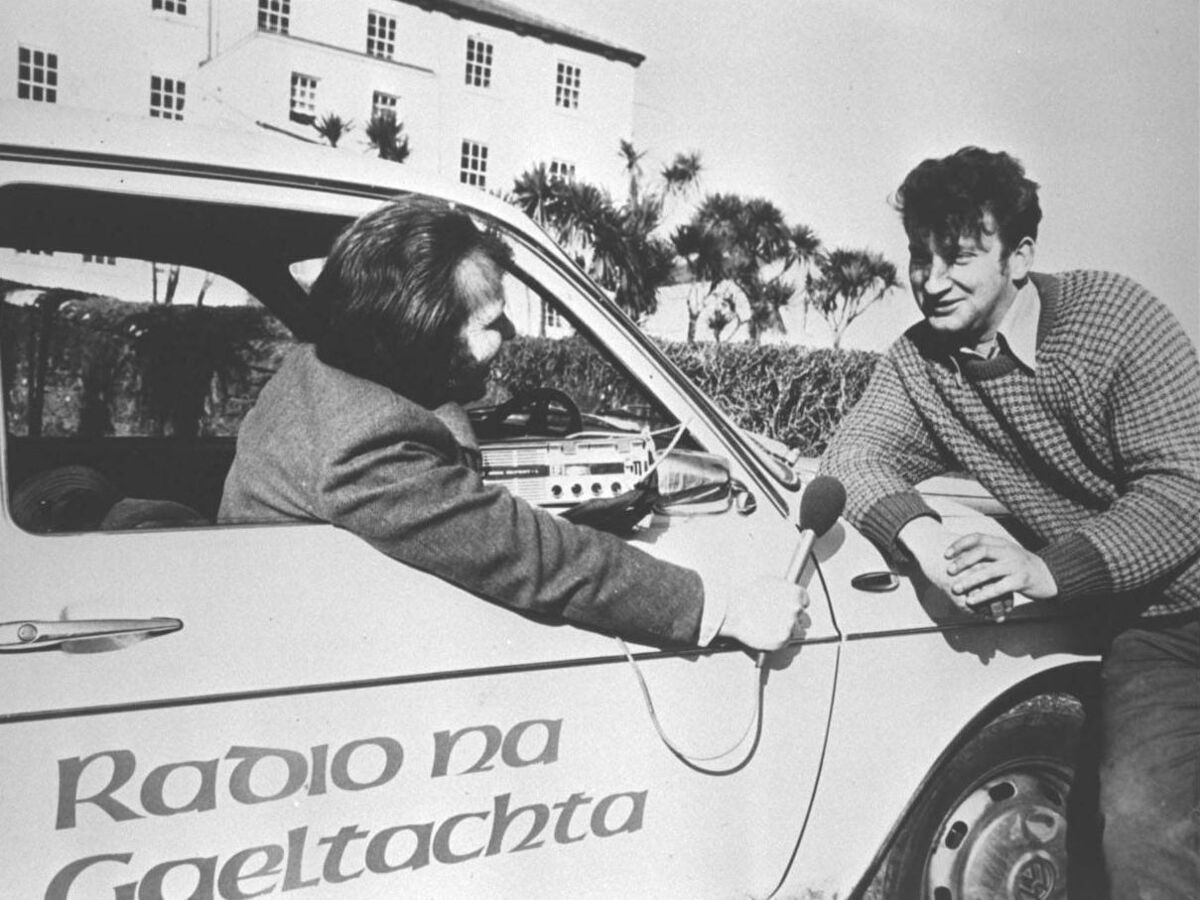
The programme’s arrival on Easter Monday 1986 marked a major development for RnG with the extension of its broadcasting hours. Some were sceptical about a major news programme broadcasting outside Dublin but politicians, particularly those involved in Gaeltacht and Irish language affairs, learned to keep an ear to the morning programme or risk missing items such as Enda Kenny’s pre-election interview confirming his intention to review compulsory Leaving Certificate Irish.
Covering stories of Gaeltacht and Irish-language interest at home and abroad, the programme famously unearths Irish-speaking interviewees worldwide, including in Russia and Japan.
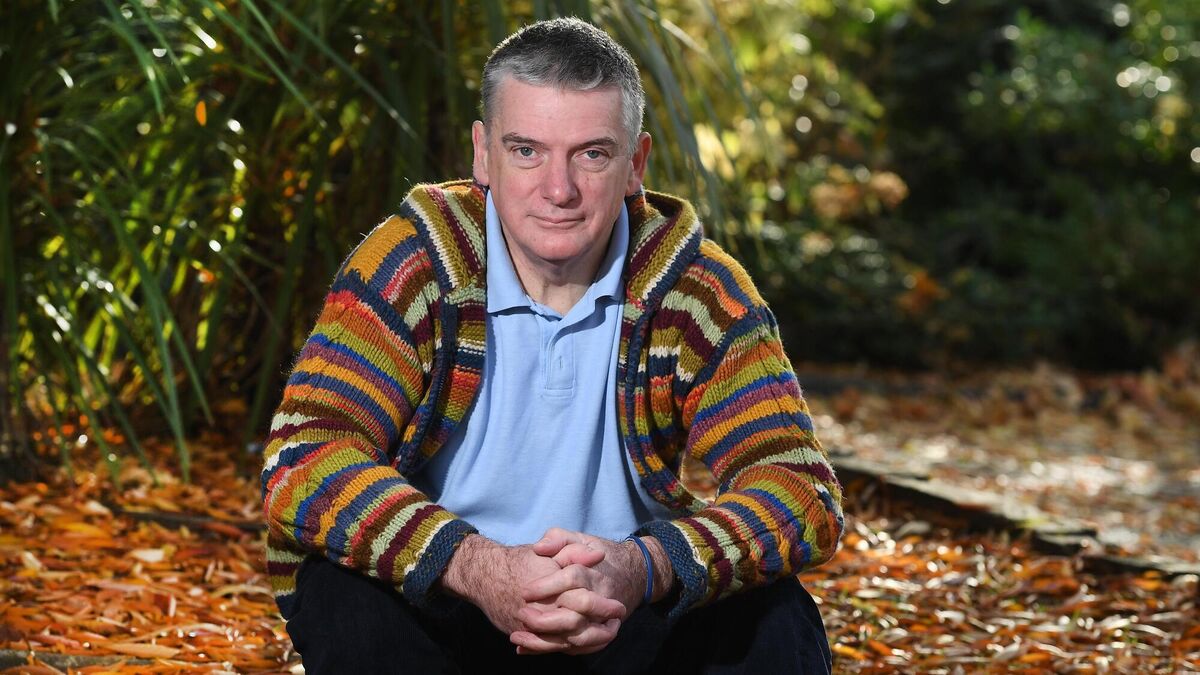
A quiz discussion with questions based on words and phrases connected with the likes of fishing and farming, highlighting the saibhreas or richness of Irish-language terminology. Regional rounds led to an All-Ireland, with the Munster edition presented by Mícheál Ó Sé. It was produced by Ó Cíobháin who, having gained familiarity with Cork’s Múscraí Irish speakers while working with Seán Ó Riada in the 1960s, looked to the area as a linguistic source.
“Irish is a dying language,” he ventures, qualifying that with “so’s English, so’s every other language, because people don’t talk any more. Just listen to the kids - they speak in slang. When I started off, the average Irish speaker had a vocabulary of maybe 20,000 to 30,000 words. Now it might be down to 1,000, maybe 5,000.”
Tomás Mistéal’s much-loved traditional music programme saw him travel to events and festivals across Munster, recording musicians ‘in the field’ for RnaG’s archives, then broadcast on the programme. The archive contains material from the cream of Munster’s musicians and singers dating from the early 70s, including Johnny O’Leary, Seán de hÓra, Muiris Ó Dálaigh, Moss Martin, Nioclás and Seán Tóibín, as well as Diarmuid Ó Súilleabháin, the Múscraí sean-nós singer and RnG broadcaster killed in a car accident in December 1991.
Breandán Feiritéar was the RnG presenter of this Ireland-Scotland collaboration, with piper Ailleann Domhnallach his Scots counterpart in a programme which helped native speakers understand each other’s languages, extending to a live satellite link with Gaelic speakers in Nova Scotia.
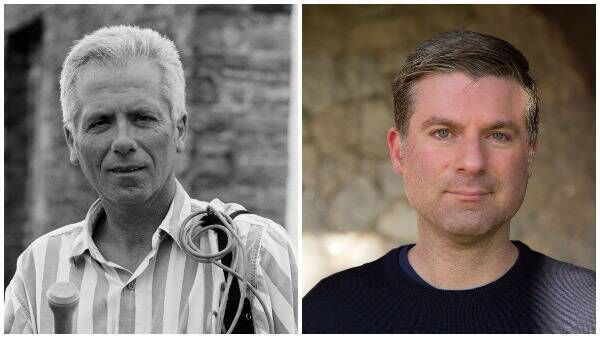
RTÉ RnG’s flagship alt radio show presented by Cian Ó Cíobháin, a Kerryman exiled in Galway. A DJ since age 14, in 1999 he put together a 20-page proposal outlining his ideas for a late-night music show to RnaG management, who liked what they saw. “It’s always been more of a vocation than just a job for me,” says Cian, who followed his father Seán into broadcasting. “I live for the show and, after so many years, it defines who I am more than any other aspect of my life. One of the most surprising things of the last 20 years is how the show has gone from strength to strength, and that my appetite for music has never waned. In fact, it’s only increased.”
A night-time service dedicated to RTÉ Raidió na Gaeltachta’s younger listeners, its creation allowed English lyrics to be broadcast on the station for the first time, a significant and controversial change to policy. Chosen by listeners, the first English-language song on RnaG was ‘Blister in the Sun’ by the Violent Femmes, the opening night also featuring a live concert including Kíla, Liam Ó Maonlaí, John Spillane, and Nina Hynes.
- The RTÉ Concert Orchestra performs an RTÉ Raidió na Gaeltachta 50 concert from Connemara, including Altan, Iarla Ó Lionáird, Steve Cooney, Muireann Nic Amhlaoibh, Cór Chúil Aodha and more, live on RnG on April 2, 7pm.
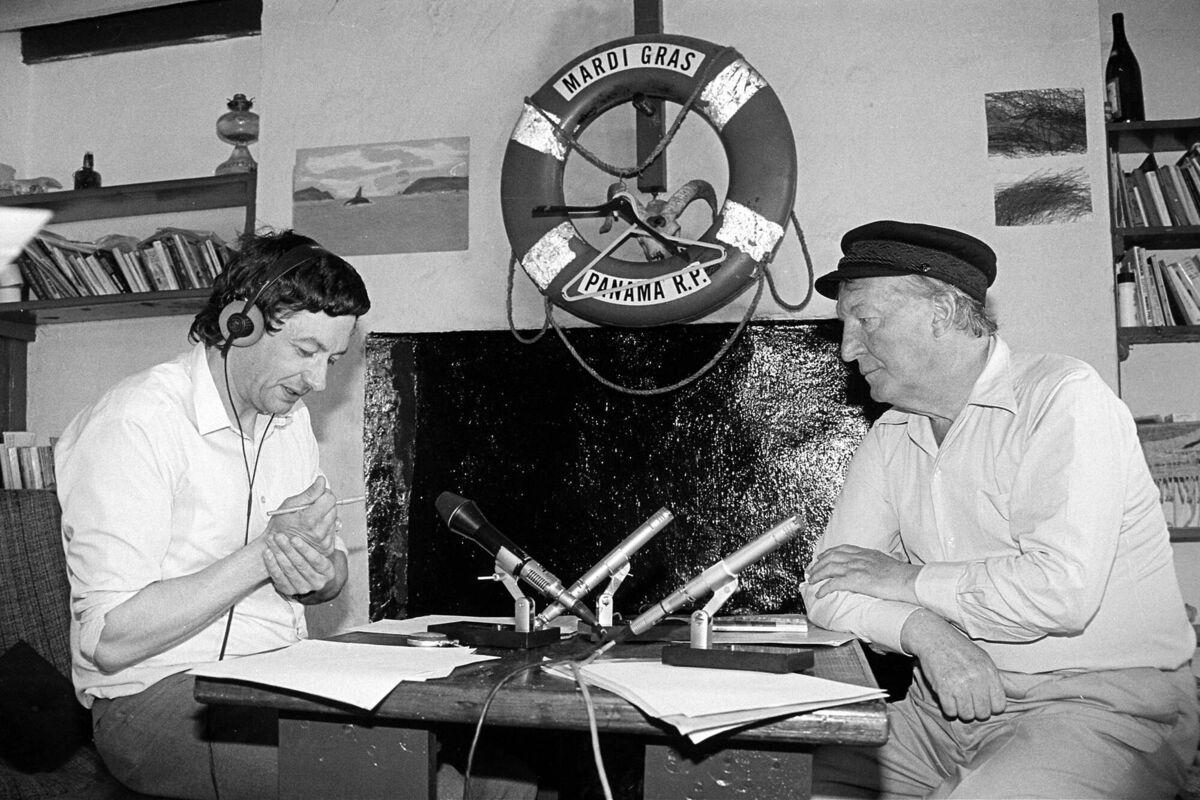
Raidió na Gaeltachta’s live broadcast from the Blasket Islands was “a miracle of technology”. No phone lines, no electricity, no inhabitants. Bring your own mast. Oh, and Taoiseach Charlie Haughey sailed in on his yacht Celtic Mist as a programme guest.
Seán Ó Cíobháin was the producer of Munster magazine programme An Saol ó Dheas on a landmark day in the 50-year broadcasting history of the Gaeltacht radio station.
August 13, 1991, marked the station’s only live broadcast from An Blascaod Mór, whose last residents had departed nearly 40 years previously.
“The staff of Mullach an Ois came up from Cork with a small mast on a lorry and we had to take it by boat out from Dún Chaoin pier,” Ó Cíobháin recalls.
“The ferry boats were very small and we had to take it out, put it up, and they were able to send a signal from there to a mast on the mainland, and from the mainland to the studio in Baile na nGall. As well as that we linked with Mike Carney, a Blasket islander living in Springfield [Massachusetts]. This was pre-mobile phone. We established a phone link through Baile na nGall, through the mast, and that was the first phonecall from the Blasket Islands since they took away the exchange in 1953. They called it a miracle of technology.”




